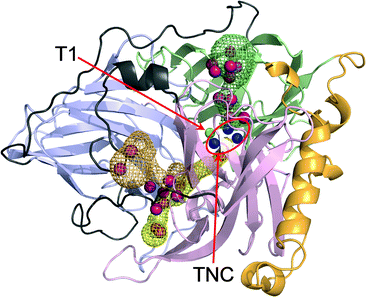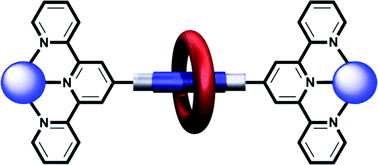 Combining the properties of transition metals with the dynamic properties of mechanically interlocked molecules has the potential to create chemical systems with a variety of unique applications, the scope of which, are just beginning to be explored. However, the synthesis of such sophisticated ligands and their transition metal complexes still present a major challenge for synthetic inorganic chemists.
Combining the properties of transition metals with the dynamic properties of mechanically interlocked molecules has the potential to create chemical systems with a variety of unique applications, the scope of which, are just beginning to be explored. However, the synthesis of such sophisticated ligands and their transition metal complexes still present a major challenge for synthetic inorganic chemists.
In their Dalton Transactions Hot Article Stephen Loeb and Darren Mercer introduce a practical method of incorporating inert metal ions directly into an interlocked species by constructing a ligand that is itself a permanently interlocked rotaxane. Read more about this clever synthesis in their Dalton Transactions Hot Communication:
Complexes of a [2]rotaxane ligand with terminal terpyridine groups
Darren J. Mercer and Stephen J. Loeb
Dalton Trans., 2011, 40, 6385-6387DOI: 10.1039/C1DT10569H











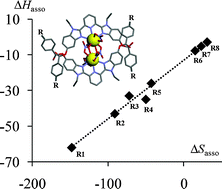 This Perspective article by Claude Piguet has been selected as a Dalton Transactions Hot article, where the current understanding of the role of energy in self assembly is explained.
This Perspective article by Claude Piguet has been selected as a Dalton Transactions Hot article, where the current understanding of the role of energy in self assembly is explained.
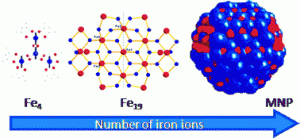
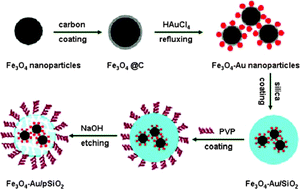
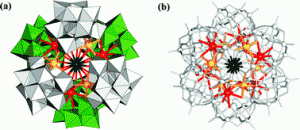
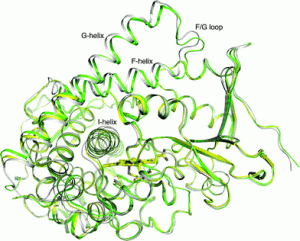
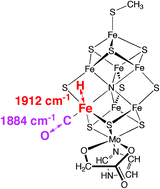 In this HOT article, Ian Dance examines afresh the relationships between CO and H on nitrogenase cofactors following the recent finding that vanadium nitrogenase and modified molybdenum nitrogenase reduce CO to hydrocarbons. In order to assist the interpretation of kinetic infrared spectral data, vibrational frequencies and modes have been calculated for a variety of possible structures in which FeMo-co bears H atoms, or CO ligands, or both.
In this HOT article, Ian Dance examines afresh the relationships between CO and H on nitrogenase cofactors following the recent finding that vanadium nitrogenase and modified molybdenum nitrogenase reduce CO to hydrocarbons. In order to assist the interpretation of kinetic infrared spectral data, vibrational frequencies and modes have been calculated for a variety of possible structures in which FeMo-co bears H atoms, or CO ligands, or both.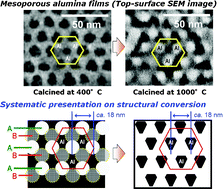 In this HOT article, Wu and Yamauchi et al., reported the synthesis of highly ordered mesoporous alumina thin films existing both as P63/mmc and Fm-3m mesostructures by using triblock copolymer Pluronic P123 as a structure-directing agent and their framework crystallization to γ-alumina phase at 1000 °C. During the crystallization process, large uniaxial shrinkage occurred along the direction perpendicular to the substrate with the retention of horizontal mesoscale periodicity, thereby forming vertically oriented nanopillars on the film surface.
In this HOT article, Wu and Yamauchi et al., reported the synthesis of highly ordered mesoporous alumina thin films existing both as P63/mmc and Fm-3m mesostructures by using triblock copolymer Pluronic P123 as a structure-directing agent and their framework crystallization to γ-alumina phase at 1000 °C. During the crystallization process, large uniaxial shrinkage occurred along the direction perpendicular to the substrate with the retention of horizontal mesoscale periodicity, thereby forming vertically oriented nanopillars on the film surface.
